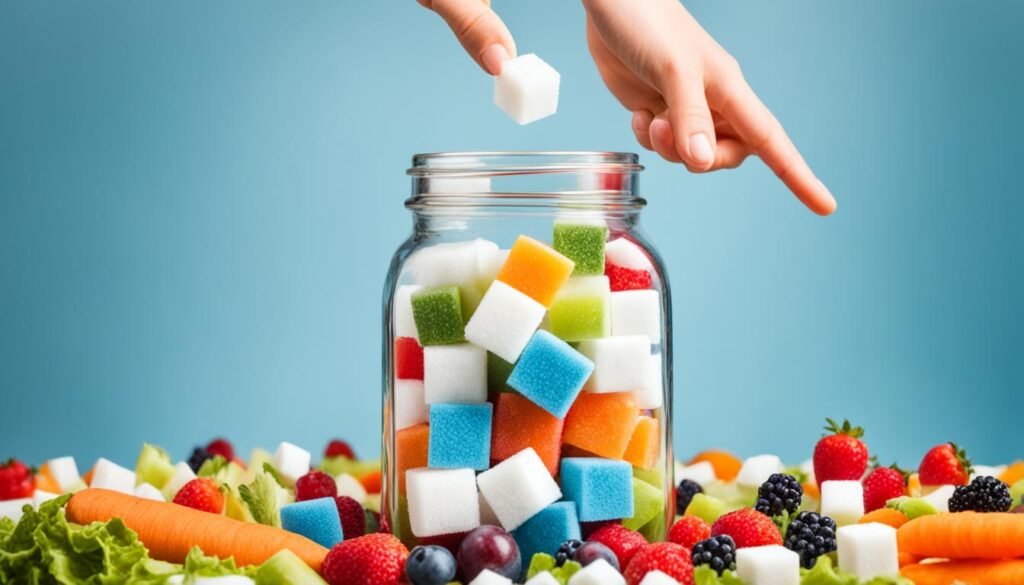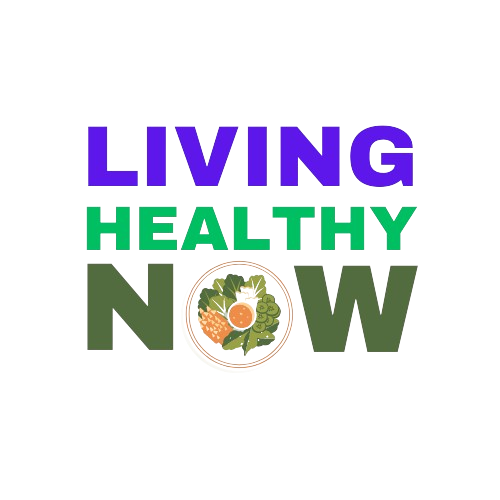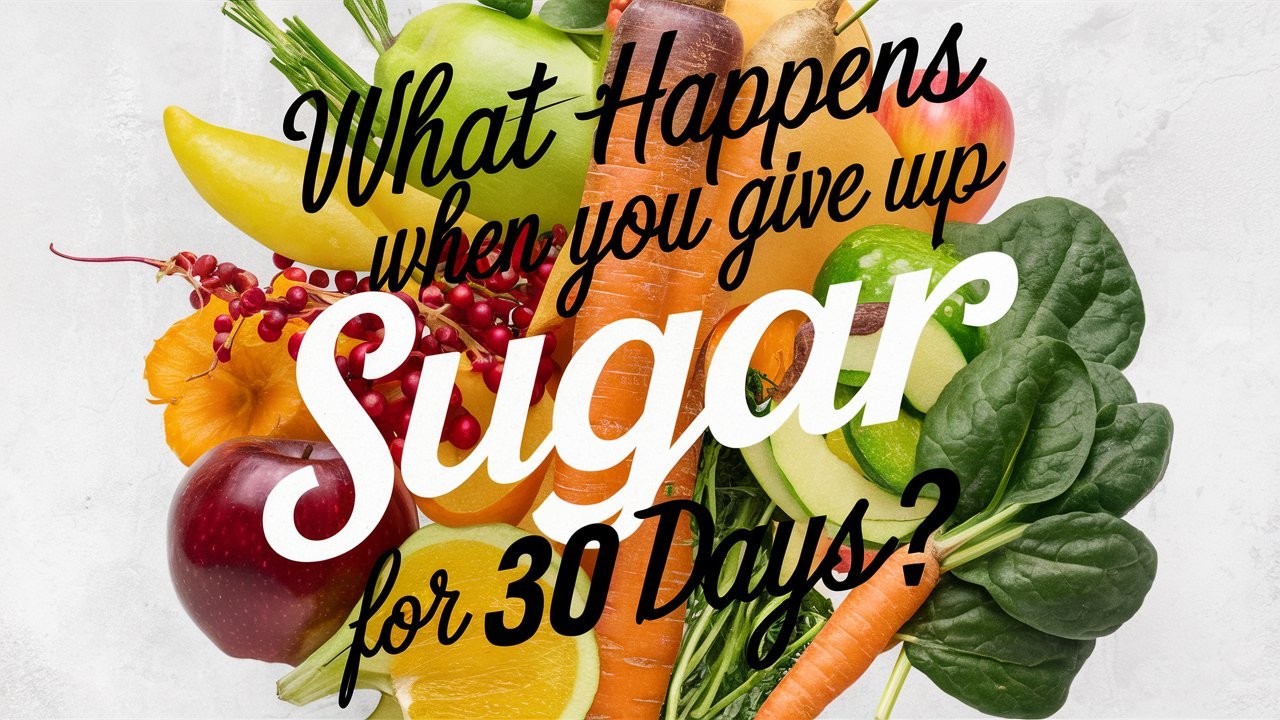Birthdays, Christmas, and weddings love sugary treats and drinks. As a result, sugar is in most celebrations and our daily diets. A study from the University of California, San Francisco (UCSF) found that 74% of processed foods have added sugar. This includes foods not usually thought of as sweet.1 Too much sugar can cause issues like bad teeth, heart problems, getting too heavy, too much cholesterol, and high blood pressure.1
Key Takeaways
- Sugar is ubiquitous in processed foods, celebrations, and everyday life.
- Excessive sugar consumption can lead to serious health problems.
- A 30-day sugar detox can help reset sugar cravings and sensitivity.
- Monitoring sugar intake and being mindful of hidden sources is crucial.
- Embracing natural sugar alternatives and nutrient-dense foods can support a healthier lifestyle.
Introduction: The Pervasiveness of Sugar
Sugar is a key part of our lives, not just in celebrations but also in daily meals. It’s present from big events like birthdays and weddings to everyday snacks. Thus, it’s deeply rooted in our culture.2
Sugar’s Ubiquity in Celebrations and Everyday Life
At birthdays, Christmas, and weddings, sugary treats are a big part of the fun.2 But it’s not just on special days. Sugar is in many foods we eat daily, like yogurt, ketchup, and cereal.2
Manufacturers’ Widespread Addition of Sugar to Processed Foods
Studies show 74% of processed foods contain added sugar, even those not sweet.2 This shows how much sugar is in our diets. It has big effects on our health.
Health Risks Associated with Excessive Sugar Consumption
Eating too much sugar can lead to health problems like cavities, obesity, and heart issues.2 Knowing sugar is everywhere, it’s important to watch how much we consume.
The Rules and Rationale for a 30-Day Sugar Detox
Setting the Guidelines: No Added Sugars, Natural Sugars Allowed
In our 30-day sugar detox, we had clear rules. We couldn’t have any added sugars. But, we could eat natural sugars from fruits and dairy. The goal was to reset how we react to sugar and learn how much sugar we really consume. We often eat more sugar than we know.3
Resetting Sugar Sensitivity and Understanding Consumption Levels
The aim was to reset our taste for sugar. And to see our true sugar eating habits. We found out we eat more sugar than we think.4 Cutting out added sugars and eating less natural sugars helped. It showed us how much we really depend on sugar. Also, it helped us appreciate the natural sweetness in foods.3

Navigating the Challenge: Identifying Hidden Sources of Sugar
We started our 30-day sugar detox and found that sugar can be sneaky. It’s not just in sweets but in things like sauces and bread. Even foods we think are healthy, like oat milk, can have hidden sugars5. To do well, we had to check labels and know all the names for sugar, like brown rice syrup5.
Reading Ingredient Lists and Recognizing Alternative Names for Sugar
Looking at labels showed us how much extra sugar is in our favorite foods. Even stuff we thought was healthy had a lot of extra sugar. We learned about different names for sugar. This helped us find and avoid hidden sugars5.
Dining Out: Strategies for Avoiding Added Sugars on Restaurant Menus
Eating out was hard because restaurants don’t give us all the details. We picked simple dishes, like salads, and asked for dressings on the side. This let us manage the sugar in our food. We also got good at telling waiters no sugar so our meals match our detox goals and are still fun5.
Communicating with Friends and Family for Support
Staying social without sugar was tough. But telling our loved ones about our detox made things easier. We explained why we were saying no to sweets. Most of the time, they understood and supported us. This helped us stay strong and happy during our sugar-free time5.
The Physical and Emotional Effects of Quitting Sugar
Starting a 30-day sugar detox can make a big difference in how we feel. Even though weight loss wasn’t the main goal for the author, she was happy not to gain any weight. This was a win for her during the challenge.4
Stabilized Blood Sugar Levels and Reduced Energy Fluctuations
The author noticed her blood sugar levels were more stable after cutting sugar. She didn’t feel the usual energy drops, like needing a pick-me-up in the afternoon. This change was likely because her body learned to get energy without quick sugar fixes.4
Reawakened Taste Buds and Sensitivity to Sweetness
After the 30 days, the author found her taste buds had changed. Things she used to love, like red wine or chocolate chip cookies, now tasted too sweet. She learned to enjoy the real, natural flavors of food all over again.4
The Initial Withdrawal Phase
Starting a sugar detox is tough, and the first part is the hardest.6 A writer faced big challenges like feeling tired, grumpy, and she had a rough time at the start.6
Fatigue, Irritability, and the “Sugar-Free Meltdown”
Reducing sugar makes dopamine levels drop, causing hard times.6 This means more anxiety, grumpiness, and not feeling good.6 It also makes the body use new ways to find energy, making you feel tired and low on energy.6
Strategies for Coping: Naps and Self-Care
The writer dealt with it by taking naps and focusing on self-care.6 She also made sure to eat well, drink water, and take care of her magnesium levels.6
Overcoming the Withdrawal Period
After a day, the hard part was mostly done.6 She just had to be careful at events with lots of sugary treats.6 It’s important to keep going, as life without sugar has many good points.6

Stop Sugar Addiction
Cutting back on sugar can be tough since it’s everywhere.7 Adults in the U.S. eat too much, like 17 teaspoons daily, which can cause diabetes and heart problems.8
Recognizing Sugar’s Presence in Unexpected Places
We were amazed by how much sugar we find in our daily foods.7 It’s in sauces, condiments, and even oat milk. We had to learn new names for sugar, like brown rice syrup, to cut it out.
Developing Mindful Eating Habits and Breaking Old Patterns
We had to be more mindful and stop our craving for sweets.9 It wasn’t easy, but we learned to listen to our bodies better. This helped us avoid sugary snacks.
Embracing Natural Sugar Alternatives and Nutrient-Dense Foods
We started using natural sweeteners like fruits to help with the detox.9 Eating fruits like bananas and apples can satisfy sugar cravings.8 Also, foods rich in protein and fiber keep your blood sugar steady.
Lasting Benefits and Lifestyle Changes
During the 30-day sugar detox challenge, we found several great lasting benefits. We also saw positive lifestyle changes. About halfway through, our skin got a lot better. We felt more energized and less bloated.4
Our sleep also got better, and we started having vivid dreams. Before this, we found it hard to sleep well. This was a nice surprise for us4.
The detox also helped us with our feelings. We felt less anxious and our mood got a lot better. Cutting down on sugar really helped our mental health4. It changed our lives for the better.
Adapting to a Lower-Sugar Lifestyle
Handling social gatherings without sugary treats was a test, but we managed. Being open about our goal to hide from sugar helped us a lot.10 We could say no to the sweets politely. Then, we found new fun ways to be with our friends and family.
Monitoring Blood Sugar Levels and Tracking Progress
We checked our blood sugar often during our 30-day challenge without sugar. We were happy on the last day. We saw good results: our fasting blood sugar had dropped and was healthy.10 This showed us we were on the right track in avoiding extra and refined sugars.
We kept a close eye on our blood sugar and how we felt. This helped us understand our health changes. We learned a lot from this careful look. These insights support our choice to live with less sugar.
Overcoming Challenges and Setbacks
Starting our 30-day sugar detox wasn’t easy. We faced many challenges from the beginning. The biggest one was missing sugar, especially at parties. We were used to sweet tastes, so not having them was hard.2
Dealing with Cravings and Temptations
The start was rough with headaches and bad moods. It was tough to not eat sweets. Still, we saw giving in made it worse. We knew sugar was bad for us and very addictive.2 So, we tried hard to stop those bad habits.
Incorporating Mindful Eating Techniques
Mindful eating was a big help. We paid more attention to when we were hungry or full.11 This helped us choose our food wisely. Also, deep breathing and meditation made us feel good without sugar.11
Seeking Support and Accountability
Having a support group really made a difference. We talked to our friends and family about our goals.11 They helped us in social events. Knowing others were cheering us helped a lot too. Plus, keeping track of our health data was motivating.11
Conclusion
Embarking on a 30-day sugar detox is more than a dietary change; it’s a transformative journey that can recalibrate your entire relationship with food. This process not only improves your physical health but also enhances your mental clarity and emotional well-being. It’s about breaking free from the addictive grip of sugar and embracing a more mindful approach to nourishing your body.
During this detox, the support of friends and family plays a crucial role. Their encouragement and understanding can help you navigate social situations and stay committed to your goals. Additionally, being mindful of hidden sugars in everyday foods is essential. Learning to read labels and make informed choices empowers you to take control of your health.
By replacing sugary treats with natural alternatives and focusing on nutrient-dense foods, you’re not just changing your diet; you’re creating a foundation for a healthier, happier life. This journey is about more than just the 30 days; it’s about setting a sustainable path towards long-term health and well-being.
FAQ
What is the pervasiveness of sugar in celebrations and everyday life?
How do manufacturers contribute to the widespread presence of sugar?
What are the health risks associated with excessive sugar consumption?
What were the rules and rationale for the 30-day sugar detox challenge?
How did the author navigate the challenge of identifying hidden sources of sugar?
What were the physical and emotional effects of quitting sugar?
How did the author adapt to a lower-sugar lifestyle?
What strategies did the author use to overcome challenges and setbacks?
Source Links
- https://www.eatingwell.com/article/291121/i-gave-up-sugar-for-30-days-heres-what-happened/
- https://bmidoctors.com/sugar-addiction/
- https://drbeckyfitness.com/how-to-break-sugar-addiction-in-30-days/
- https://www.healthline.com/health/sugar-detox-symptoms
- https://www.psychologytoday.com/us/blog/food-junkie/202404/places-sugar-may-be-hiding-in-your-diet
- https://www.addictionhelp.com/sugar/withdrawal-symptoms/
- https://health.clevelandclinic.org/how-to-stop-sugar-cravings
- https://www.webmd.com/diet/features/13-ways-to-fight-sugar-cravings
- https://www.healthline.com/nutrition/3-step-plan-to-stop-sugar-cravings
- https://www.healthline.com/nutrition/14-ways-to-eat-less-sugar
- https://www.psychologytoday.com/us/blog/food-junkie/202401/how-to-manage-stress-when-cutting-out-sugar

